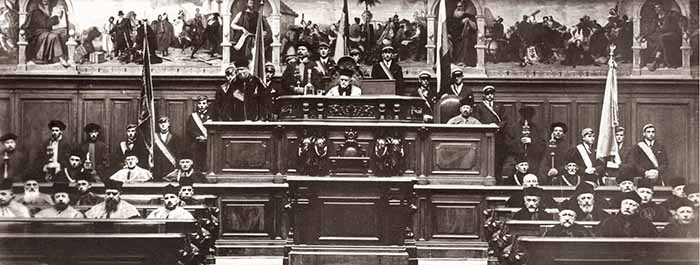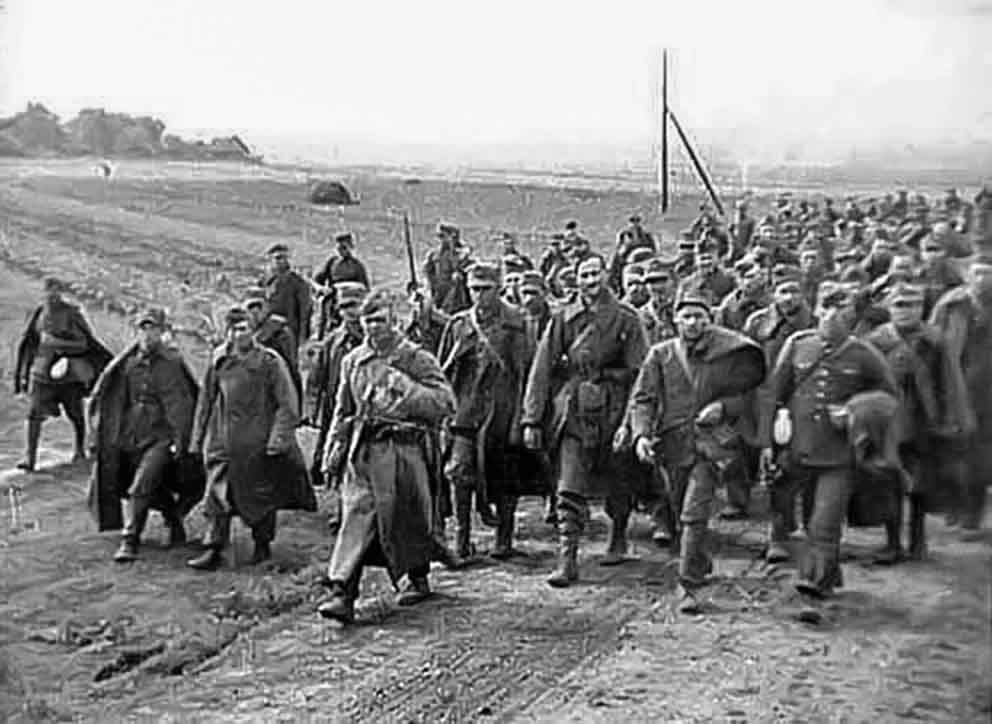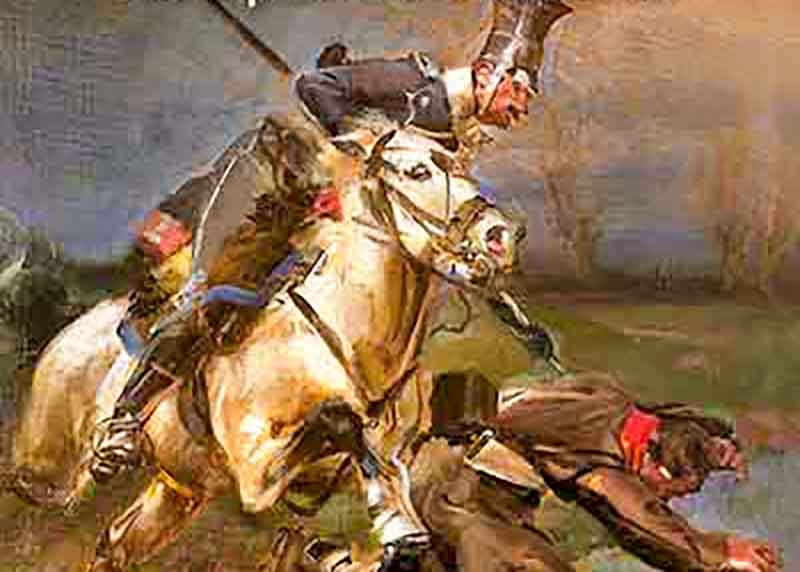The Border Protection Corps (Korpus Ochrony Pogranicza, KOP) was established one hundred years ago, on 17 September 1924. For exactly fifteen years, until the USSR attacked Poland in 1939, it guarded our eastern border. Given the continued threat to our security, it is worth noting this unique military formation.
Poland was reborn in 1918, but its borders were not permanent. We had to fight for them for several more years. The situation was particularly complicated in the east because of Soviet Russia's plan to spread the revolution across Europe. This led to the Polish-Bolshevik war and the independence ambitions of the Ukrainians, Lithuanians and Belarusians.
The shape and length of our eastern border (more than 1,400 km) was determined by the peace treaty signed in Riga on 18 March 1921, but the inhabitants of the eastern borderlands were not guaranteed peace. The Soviet secret services sent armed diversionary troops, agents and terrorists into Polish territory. The border was porous and unstable, encouraging smugglers and bandits. The protection of the border guards was not enough; the support of the military was necessary. These realities of the Polish-Soviet borderland in the 1920s were described by Sergiusz Piasecki in his novel 'Kochanek Wielkiej Niedźwiedzicy' (The Lover of the Great Bear). He based it on biographical events.
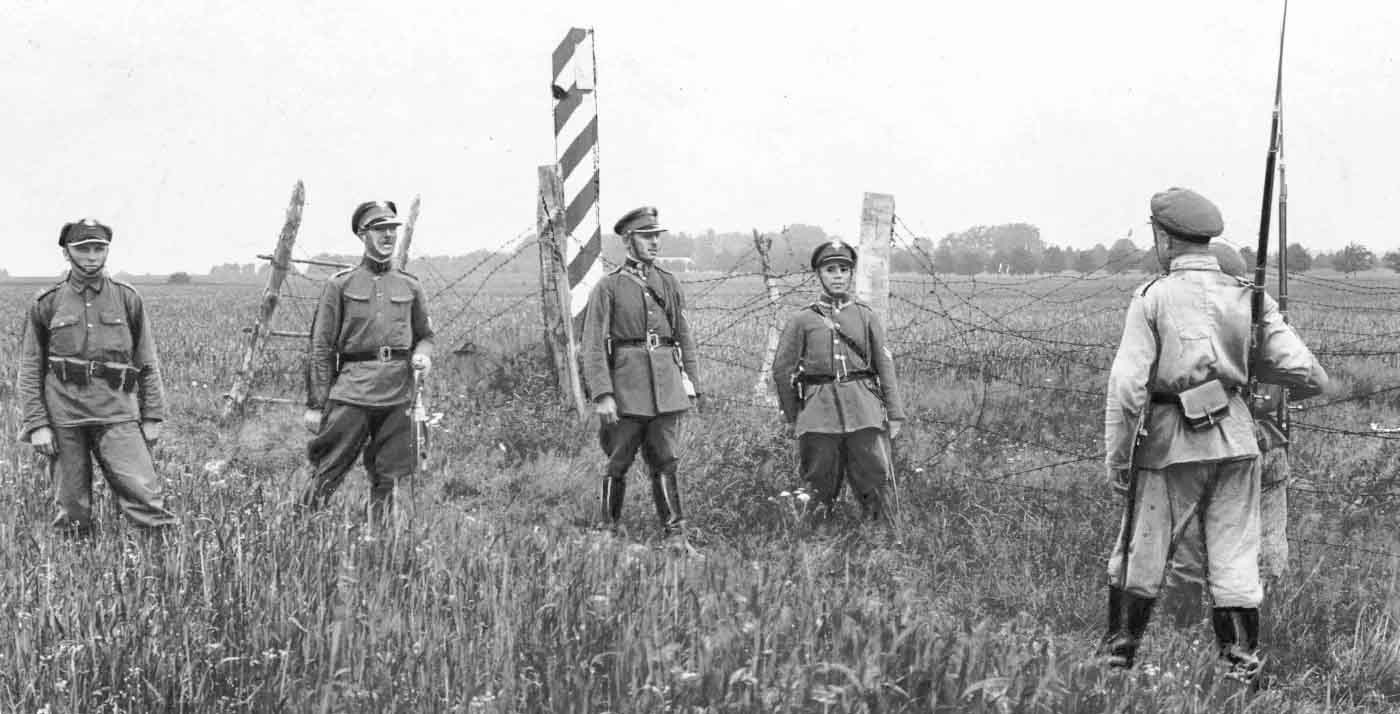
KOP soldiers on the Polish-Soviet border, during an encounter with a Soviet patrol. (Source: Wikipedia)
The basis for the creation of the KOP was an order issued by the Minister of Military Affairs, General Władysław Sikorski. The new formation, consisting of more than twenty-seven thousand soldiers, was led by General Henryk Minkiewicz-Odrowąż. By the end of 1924, the KOP consisted of eleven infantry battalions and the same number of cavalry squadrons. Soldiers were stationed, from north to south, in Vilnius, Grodno, Novogrudok, Sarny and Chortkiv. In the first period of its activity, the authorities of the Second Republic allocated more than twenty-seven and a half million zlotys for the construction of watchtowers and equipment for the KOP.
One of the KOPists was my maternal grandfather, Stanislaw Szonecki, a native of Kujawy, from the village of Sobiczewy near Chodcz. He was sent to the KOP from the 14th Infantry Regiment stationed in Wloclawek. In March 1933 his whole company was transferred to the First Baon (Battalion) of the KOP called 'Budslaw', commanded by Lieutenant-Colonel Julian Czubryt, in the village of the same name, famous for its cult of the Virgin Mary, then in the district and province of Vilnius, now in Belarus. Grandfather was twenty-three years old, had a gymnasium education, an impeccable reputation, beautiful handwriting and was appointed corporal and writer of the battalion. Significantly, he was from central Poland, which was preferable because it gave the 'KOPist' - as KOP soldiers were known - little chance of family or social ties with the population living near the border. Stanislaw Słonecki had previously graduated from the NCO school in Vilyeyka. He retired as a civilian (what a coincidence of dates!) on 17 September 1934.
The KOP did not only have a military function. It helped in everyday life, building roads and bridges, telephone and electricity lines, and renovating houses and churches. In times of crisis, fire or flood, the support of the KOPists could always be counted on. In addition, soldiers set up cooperatives and shops in the border areas, providing food for the poorest, and military doctors and veterinarians did not refuse to advise the locals. A popular form of integration for all, soldiers and civilians, was cultural events, such as self-organised theatre performances or sports competitions.
My grandfather remembered the athletic and equestrian competition for the 'Wilejka' regimental championship, in which he took part in July 1934. His battalion comrade, rifleman Wladyslaw Sapieja, demonstrated his skills by taking part in no less than seven competitions, winning first place in six of them. The cavalrymen from KOP 'Budslaw' also proved to be the best in the horseriding competition. The commander awarded them with a tug (banner).
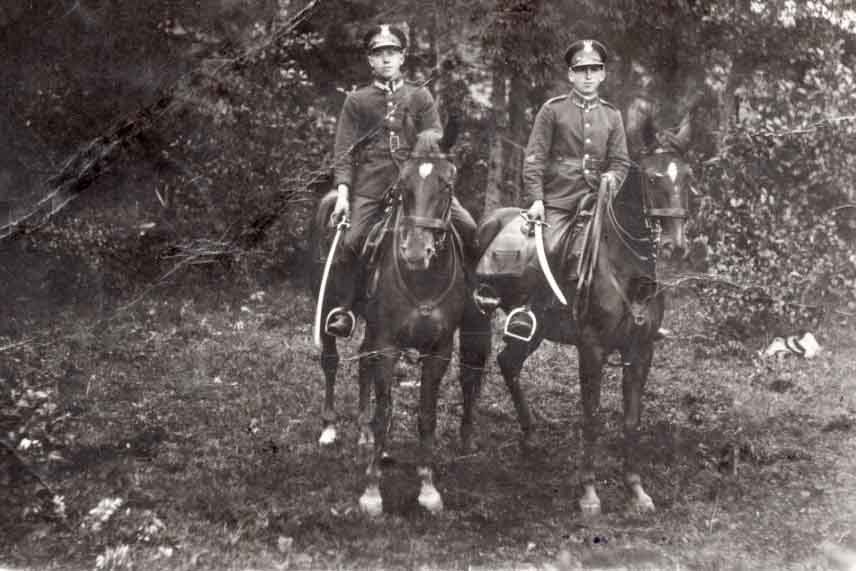
Uhlans from the 20th squadron of the KOP (Source: Wikipedia)
However, these pleasant moments were few and far between for the KOPists. Above all, they were on a difficult and unpredictable mission. The enemy acted ruthlessly, and the KOP soldiers responded with reprisals. In the first period of the formation's existence alone, more than fifty KOPists were killed. Citizens of the Second Republic, not only those who knew them from the neighbourhood but throughout the country, held the KOP in high esteem. The image of KOPists as 'true defenders of the borders' was perpetuated by the leadership of the armed forces.
One of the tools used for this purpose was the magazine 'Wiarus'. The author of the text in this magazine, written on the occasion of the tenth anniversary of the formation of the KOP, wrote, among other things: 'All branches received hundreds of congratulatory messages and good wishes from all parts of Poland, especially from former KOPists and the borderland society.'
Despite the three-year Non-aggression Pact signed by Poland and the USSR on 25 July 1932 and extended until 1945, the KOP remained vigilant and reorganised itself, for example, in 1937 changing the border protection system from cordon to patrol and intelligence. From March 1939, KOP members remained on combat alert, but many were dispersed in the following months to armies and task forces in the event of war with Germany. On 17 September, when the USSR broke the Non-aggression Pact and invaded Poland, the KOP went into battle along with police, schoolchildren and other civilians. The KOP Battalion 'Borszczow' had a very important task. In the area under its command were the headquarters of the commander-in-chief, Marshal Edward Śmigły-Rydz, and the Polish government offices. The battalion's soldiers destroyed two Soviet tanks but were unable to organise an effective defence. Soon the commander-in-chief and government representatives crossed the Romanian border.
The loss of the defensive war in 1939 marked the end of KOP's existence. Several hundred KOP members were killed and many more taken prisoner. More than half a thousand were murdered in Katyn, among them the first commander of the formation, General Minkiewicz-Odrowąż.
My grandfather, a KOPist Stanislaw Słonecki, survived the war and died in 1987. In the family archives, there are still three photographs from the time when he served in the 'Budslaw' battalion: a view of the square in front of the church filled with people on the Day of Indulgence, 2 July 1933, the building of the nearby KOP watchtower 'Vilyeyka' and an idyllic picture from a trip to a hill called Turek, dated: Budslaw, 23 May 1934.







